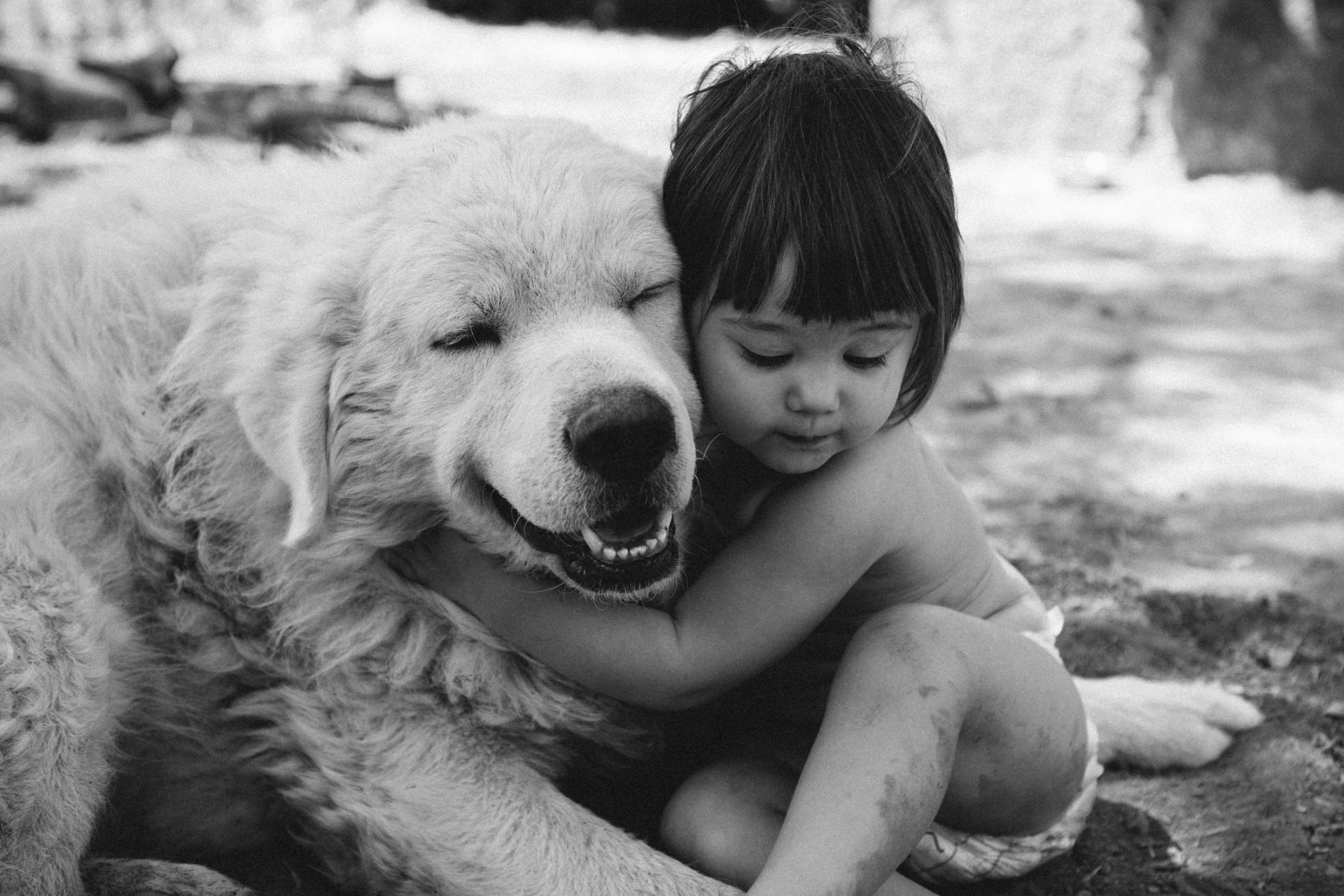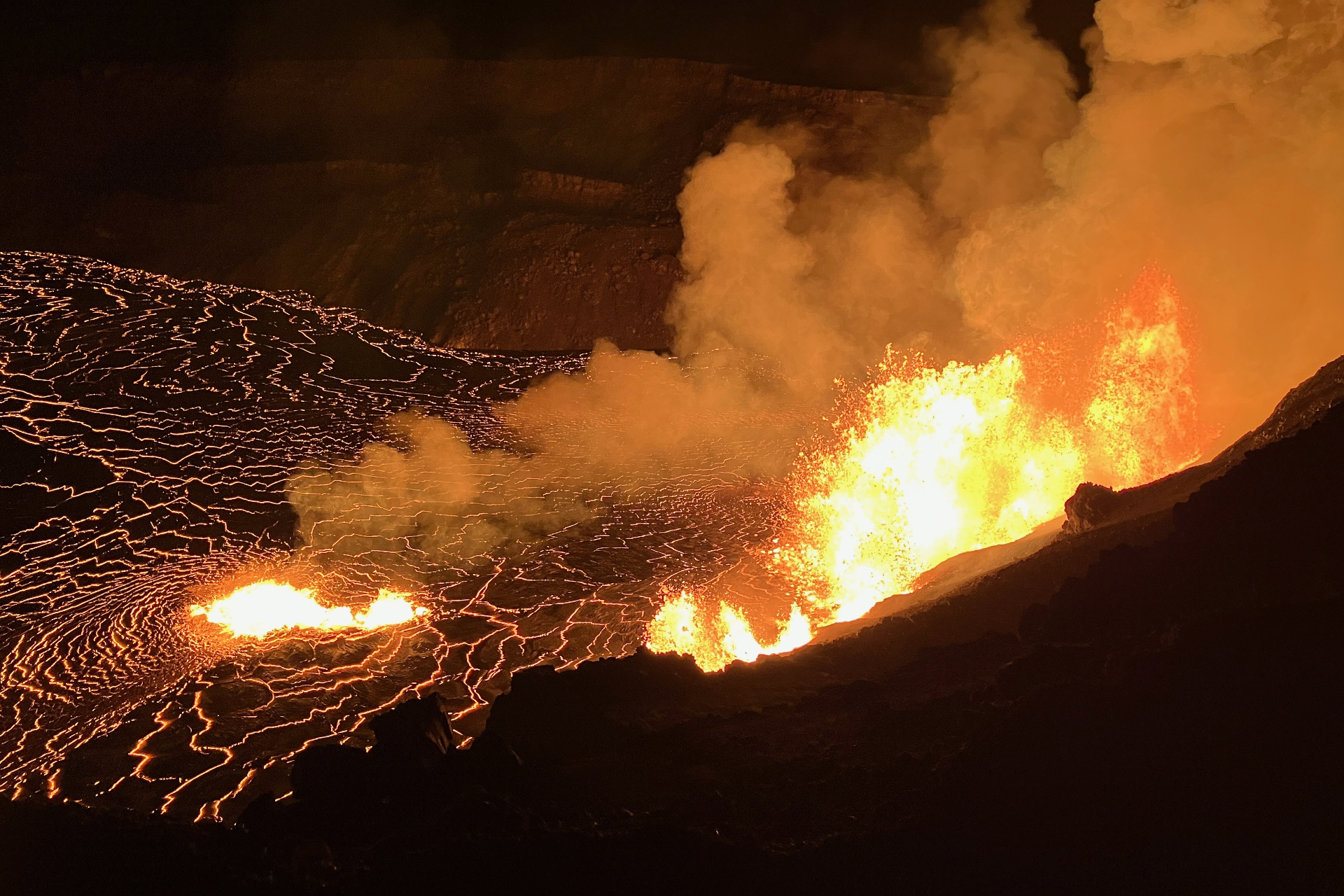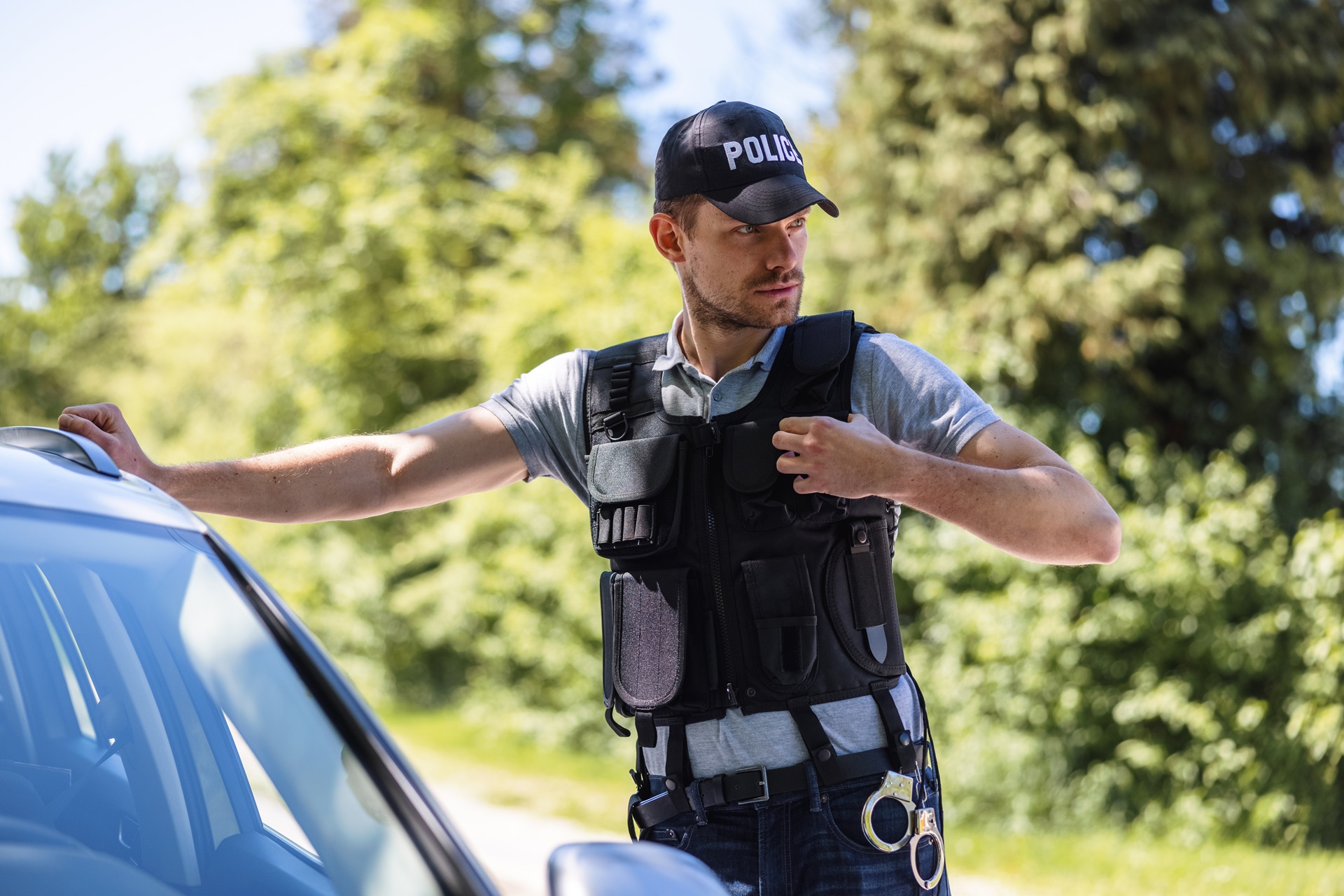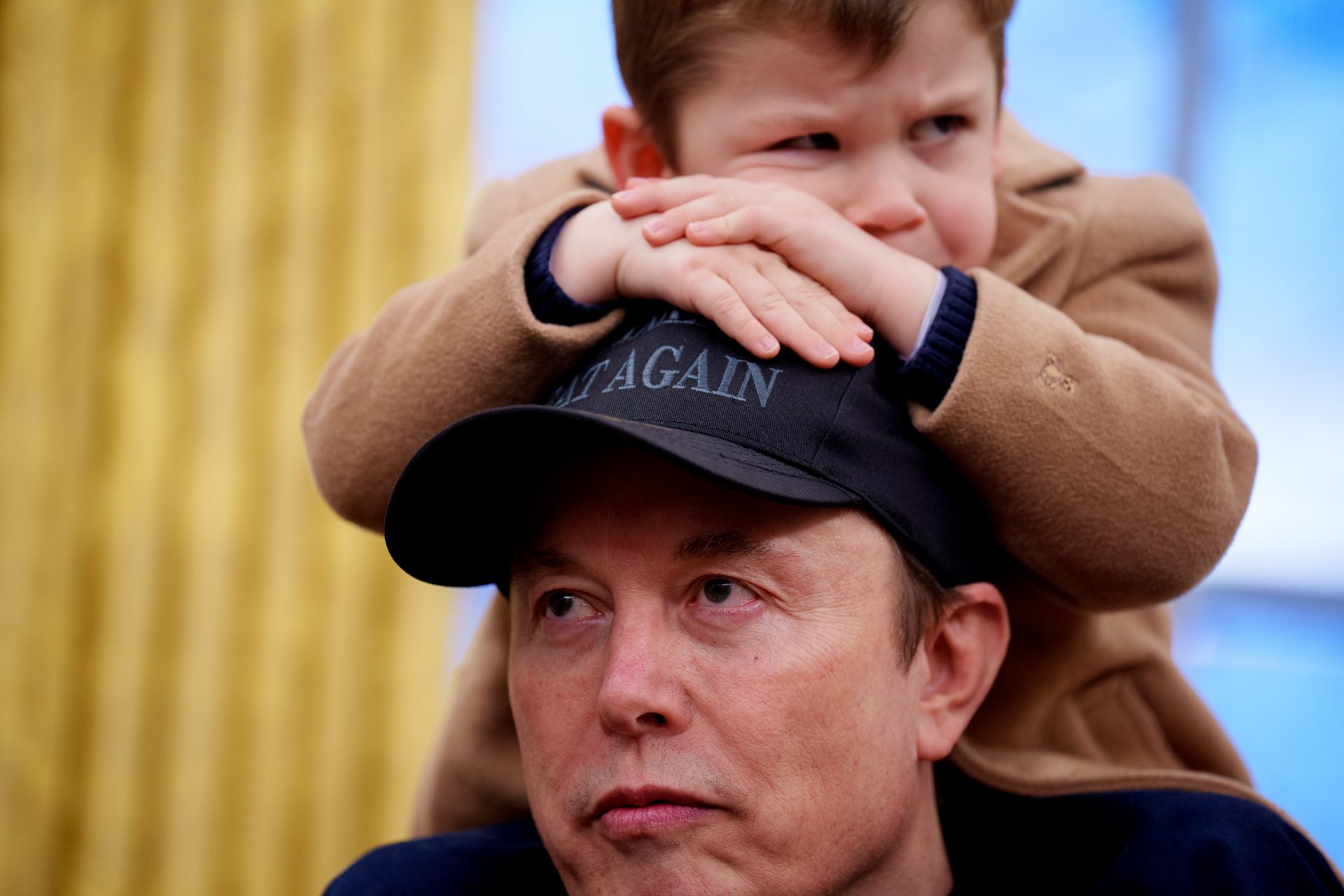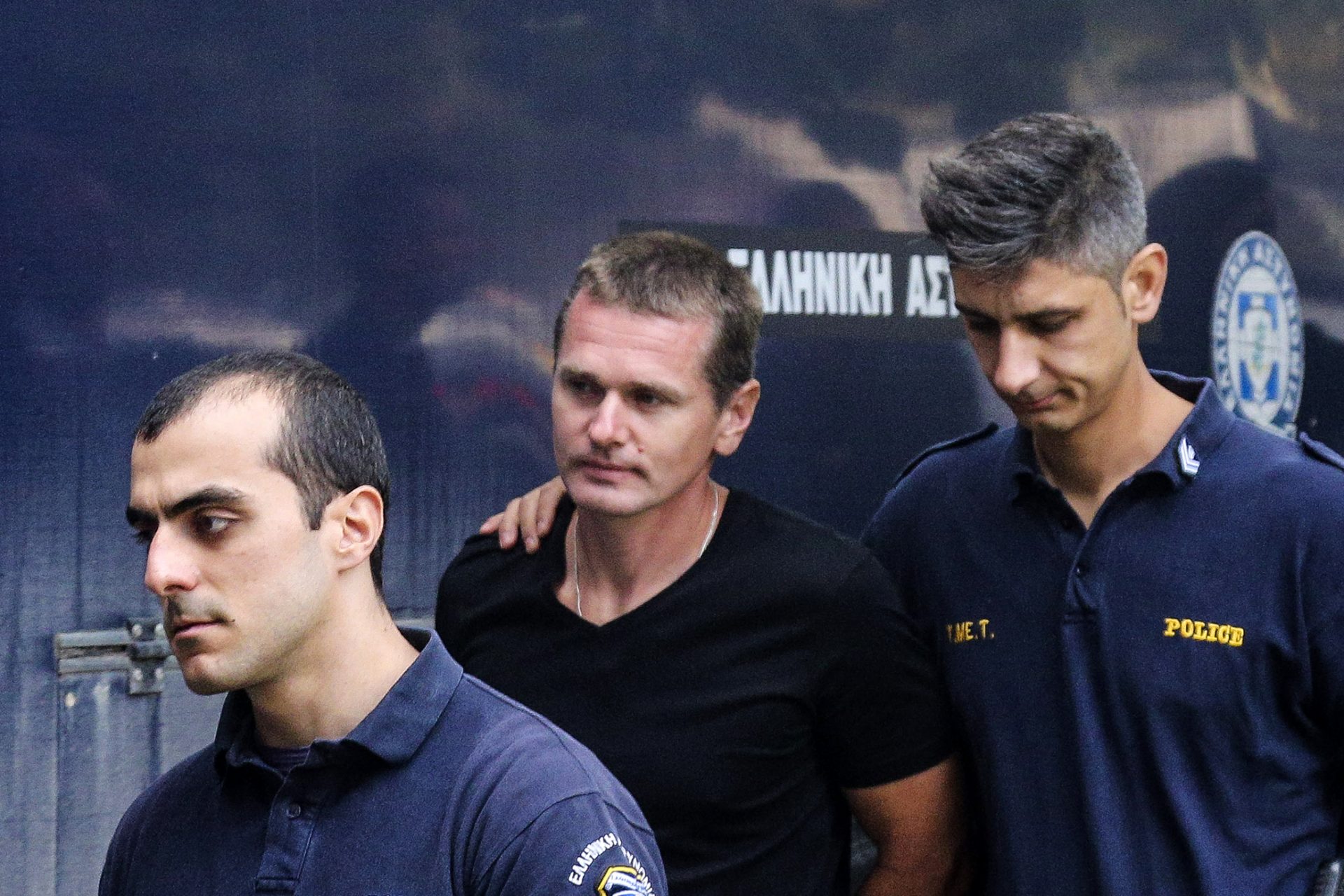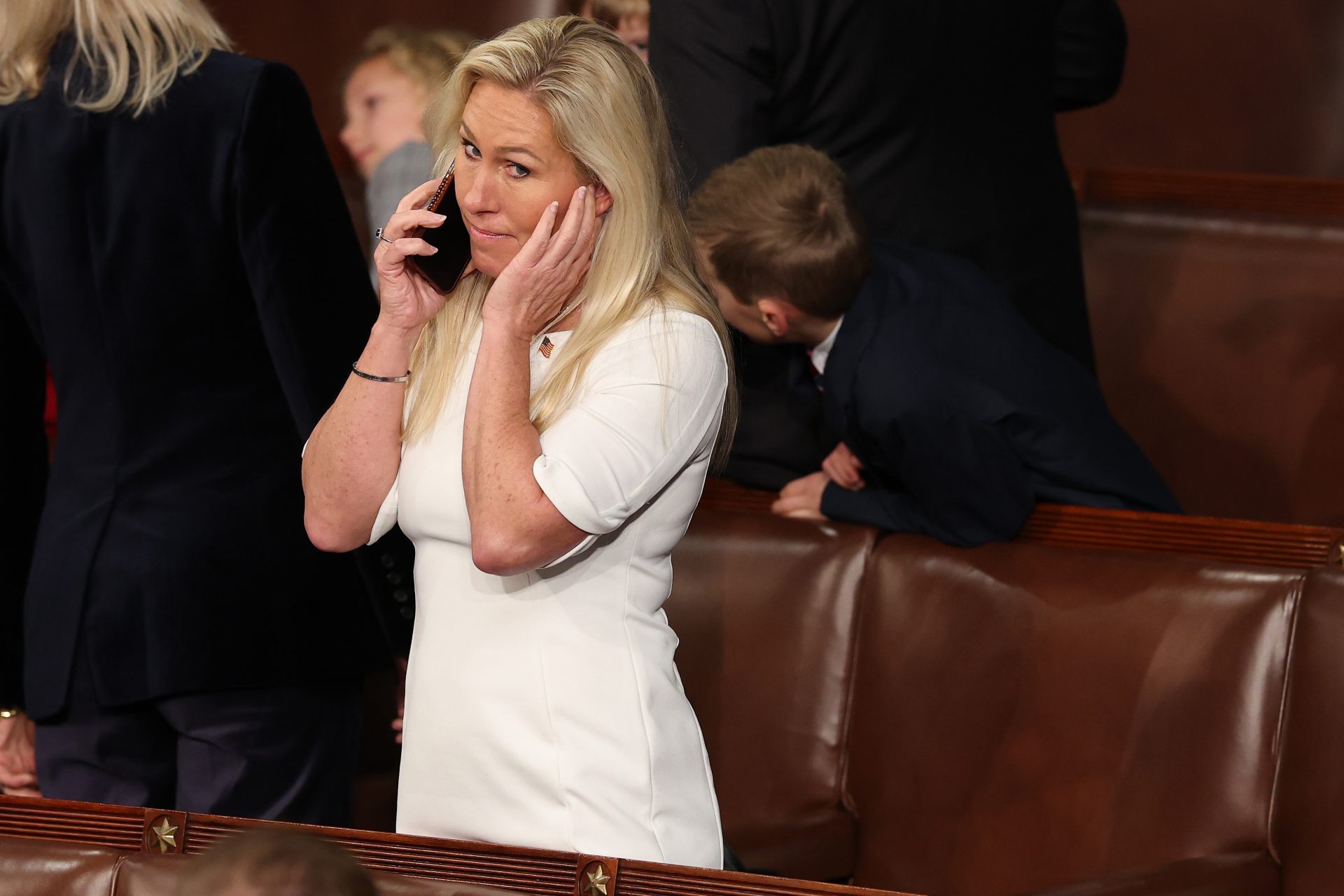The real-life Mowgli and other feral children raised by animals
If the history of human evolution has taught us anything, it’s that the most human trait of all is our ability to adapt, and the documented stories of feral children reinforce this idea.
Defined as a child who has lived in isolation from human contact from an early age, a feral child often struggles to learn human language and behavior once they make contact with people again.
Photo: Disney
The phenomenon of feral children is an exceptionally rare one, as there are only about 100 known cases throughout all of human history. These are some of the most remarkable ones:
Photo: Eva Blue/Unsplash
Said to have inspired Rudyard Kipling’s ‘The Jungle Book’, Dina Sanichar spent the first years of his life in India’s Uttar Pradesh jungle, being raised by wolves, until hunters found him in 1867 and took him to an orphanage.
Photo: Wikimedia Commons
He was reportedly six-years-old when he was brought to the orphanage, walking in all fours and grunting and growling. There, he learned how to walk upright, put on clothes, and eat from a plate.
Photo: Thomas Bonometti/Unsplash
Moving on to more modern cases, Marina Chapman was 5 years-old when she was kidnapped in 1954 from a village in Colombia and left by her kidnappers in the jungle.
Photo: YouTube The Guardian
She allegedly ended up befriending and living with a family of capuchin monkeys, as she recounts in her book ‘The Girl with no name’, which she wrote with her daughter’s help.
Photo: Joy Ernst/Unsplash
In the book, she recalls that she ate berries and roots, slept in holes in trees, played and groomed with them, and even walked on all fours like they did. They even tended to her when she got a bad case of food poisoning.
She lived with the monkeys for five years, she estimates, and had completely lost her language when she was discovered by hunters. She was then sold to a brothel and later ended up in the streets.
Photo: YouTube TheMarinachapman
When she was 14, she was adopted by a Colombian family who sent her to be a nanny in England, where she eventually married and had children, and where she still lives today.
Photo: YouTube TheMarinachapman
Oxana was born on November 1983 in Ukraine, and was found in 1991, at 8 years-old, living with dogs in a kennel. Oxana’s parents were negligent, alcoholic, and unable to care for her.
Photo: Anoir Chafik/Unsplash
When Oxana was 3 years old, they left her outside in the cold. She saved her own life by crawling into the farm kennel and keeping warm by curling up with a pack of stray dogs.
Photo: Federico Beccari/Unsplash
Her parents hardly noticed she was missing. She found a home with the dogs. She ran on all fours, barked and bared her teeth, panted, sniffed at her food before she ate it, and acquired acute, dog-like senses of hearing, smell, and sight.
It was not until five years later that a neighbor notified the police about Oxana’s situation. At that moment, she only knew the words “yes” and “no,” but through intensive therapy she was able to learn the basic social and verbal skills of a 5-year-old.
Photo: YouTube markmcdermott
She was last known to live in Odessa, Ukraine, in a home for the mentally disabled, working with farm animals.
Photo: YouTube markmcdermott
It was 1988 when John ran away from home at the age of three, after witnessing his father murdering his mother. He ran deep into the Ugandan jungle and found a home with monkeys.
Photo: YouTube BBC
When he was six years old, a woman found him. His knees were white from walking on them, his nails were long and round, and he had developed a severe case of intestinal worms.
Luckily, John got cured, he learned to speak, competed in the special Olympics and even toured with Africa Children’s Choir, as told in a National Geographic documentary about his life.
Photo: National Geographic
In 2008, a 7-year-old boy named Prava was found and rescued by Russian healthcare workers. He was living in a tiny, two-bedroom apartment with his 31-year-old mother and dozens of birds.
His mother, suffering from mental illness, neglected him by treating him not like a child but like one of her pet birds. She didn’t physically harm him or leave him without food, she just never spoke to him.
Photo: Sam Chang/Unsplash
He was confined to the room. His only friends and companions were the birds, and as a result, he never learned to speak, only chirp. When he was misunderstood he would wave his arms and hands like birds do with their wings.
Eventually, his mother released him to the state, and he was moved to a psychological care facility, where he remains today, as last reported by The Daily Mail.
Photo: Andrik Landfield/Unsplash
Marcos was born in 1946 in rural Spain. When he was seven, his father sold him to a goat-herder, but when he died shortly after, Marcos ended up living alone with the wolves in the mountains of Sierra Morena.
Photo: YouTube/ Mágica Vida Radio
Marcos lived in caves with the wolves until he was 19 years-old, when the Guardia Civil found him and forcefully took him to his father’s village.
Photo: Maddie/Unsplash
Marcos learned how to communicate like a human again and decided to tell his story to anyone who would listen, turning him into a local legend.
Photo: YouTube Rtve
A Spanish anthropologist wrote a thesis on the case called ‘He jugado con lobos’ (I have played with wolves). A movie about his life was made called ‘Entrelobos’ (Among wolves), and also a documentary was made called ‘El lobo solitario’ (The lone wolf).
Photo: Wanda Visión
Marcos has also done several interviews with international media. He often says that he was happiest when he lived with wolves, as humans have disappointed him throughout his life.
Photo: YouTube Rtve
More for you
Top Stories



